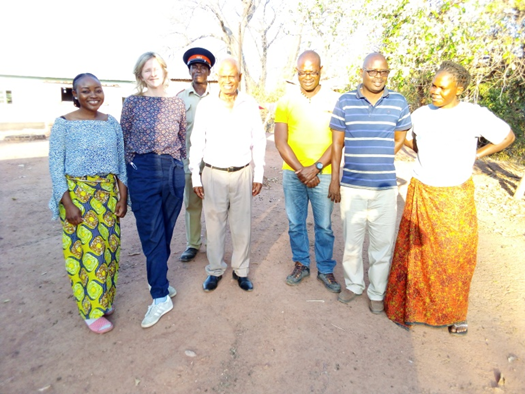The Agreement
The agreement for the use and management of hydrobiological resources and fishing activity in the Tumaradó marshes is an effort between the PNN Los Katíos (PNNLK) and the Tumaradó Community Council (CCT), formed in 2012, is coordinated by a local committee that is composed of 4 representatives, 2 from the CCT and 2 from the Park, and its purpose is to develop actions, competencies and responsibilities that promote conservation within the PA, mainly through fishing regulations that include the establishment of minimum catch sizes, permitted fishing gear and reserve zones.
Initially it was signed for 5 years, then the community stated that it should not have an expiration date; therefore, the agreement continues to be implemented.
-The community of Tumaradó built the agreement jointly with the PA.
-It reflects local feelings and knowledge for the implementation of the measures.
-Results have been seen over the years with respect to the measures set forth in the agreement, benefiting not only the environment but also the community.
Established coordination bodies: follow-up committees.
-Analysis of the information obtained as a result of monitoring.
-Socialization of the information with the community for management decision making.
-It is possible to conserve resources jointly between the community and PNN Los Katíos.
-Good relations and governance processes are maintained with the communities and the institution.
-Better biological and ecological knowledge of the fishery resources has been obtained.
